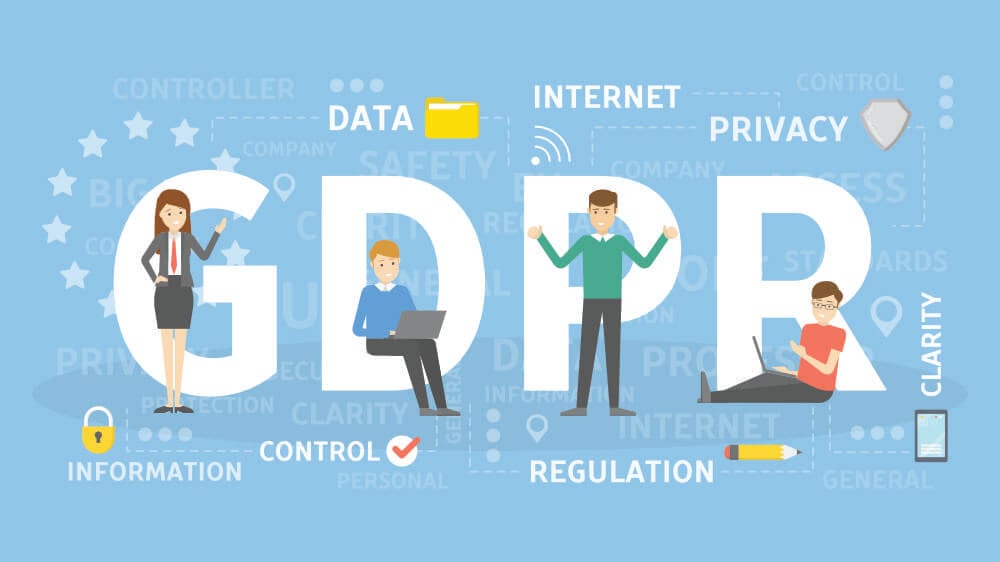The Pros and Cons of Viral Marketing: The Case of Parade
Parade, a trendy Gen Z underwear brand, used viral guerrilla marketing tactics to take over social media overnight. However, their approach had its flaws. Who is Parade? Founded in 2019 by Cami Téllez and Jack Defuria, Parade is a NYC-based…
Fake News Truths – Avoid Misinformation To Optimise Your Social Media Marketing
Do you feel susceptible to Fake News online? If so, you are not alone. We are living in a world of misinformation, which can often feel impossible to escape. The last thing you as a marketer wants to do is add…
The Digitisation and Gamification of Online Dating
Read on to learn about how the gamification of dating apps and digital marketing have more in common than we would like to admit.
Google Analytics and GDPR Compliance
On 25th May 2018, GDPR came into effect across the EU. If your company takes data privacy seriously and is using Google Analytics at the very least to improve and optimise your advertising and outreach initiatives, you should be taking…
What Digital Marketers Can Learn From The Chrome Ad-Block
Google Chrome Ad-block Update Google has introduced a significant update to Chrome with the latest version. Launched on February 15, 2018, the latest version of Google Chrome (the world’s most popular web browser) comes with built-in features that block certain…
Cybersecurity Update – Google Makes HTTPS Mandatory
The New Cybersecurity Update There is a good chance, beginning in October 2017, visitors to your website might see it being flagged as an unsafe environment. On April 27, 2017, Google released an official statement declaring that any and all…
Writing Digital Marketing Content – Engaging a new type of Audience
General Considerations when Writing for the Web Writing for the web has evolved into a distinct style when compared to traditional media, such as books, magazines and newspapers. According to Nielsen, users behave and read differently online, with only 16%…







Recent Comments